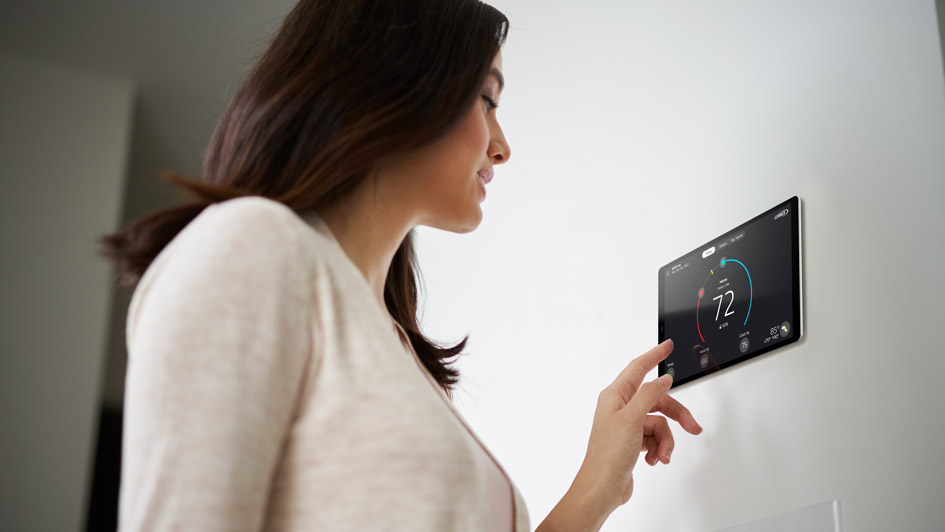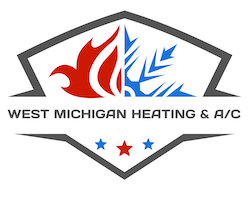
Once the weather starts to cool off, you might be wondering about how you’ll take full advantage of your heating and cooling. After all, HVAC expenses routinely add up to a large portion of your monthly electric bill. To learn new ways to reduce costs, some people take a closer look at their thermostat. Is there a setting they can use to improve efficiency?
Most thermostats have a ‘Fan’ or ‘Fan On’ setting. But if the fan is going during a regular cycle, what will the fan setting offer for your HVAC system? This guide should help. We’ll walk through just what the fan setting is and when you can use it to reduce costs over the summer or winter.
What Is the Fan Setting on My Thermostat?
For most thermostats, the fan setting signifies that the HVAC blower fan keeps running. Some furnaces can generate heat at a low level with this setting, but for the most part heating or cooling isn’t being generated. The ‘Auto’ setting, in contrast, will run the fan over a heating or cooling cycle and switch it off once the cycle is complete.
There are advantages and disadvantages to trying the fan setting on your thermostat, and what's ideal {will|can|should]] depend on your personal comfort preferences.
Advantages to trying the Fan/On setting:
- You can keep the temperature in every room more balanced by allowing the fan to keep running.
- Indoor air quality will be highest since constant airflow will keep moving airborne contaminants into the air filter.
- A smaller number of start-stop cycles for the system's fan helps extend its life span. Since the air handler is usually a component of the furnace, this means you could prevent the need for furnace repair.
Drawbacks to using the Fan/On setting:
- A nonstop fan will likely add to your energy bills by a small margin.
- Constant airflow may clog your air filter in a shorter amount of time, increasing the frequency you will want to replace it.
{Choosing Between|Should My Thermostat Be on|Which Setting for My Thermostat? Fan or Auto in Each Season
Through the summer, warm air will sometimes stick around in unfinished spaces including the attic or an attached garage. If you leave the fan on, your HVAC system might draw this warm air into the rest of your home, compelling the HVAC system to work harder to maintain the set temperature. In serious heat, this could lead to needing AC repair more quickly as wear and tear grows.
The opposite can take place over the winter. Cooler spaces such as a basement will hold onto cooler air, which may eventually drift into the rest of your home. Keeping the fan on will sometimes pull more cold air upward, increasing the amount of heating you need to stay warm.
If you’re still trying to decide if you should switch to the fan/on setting, remember that every home and family’s comfort needs will vary. Leaving the HVAC system’s fan on could be ideal for you if:
Someone in your household deals with allergies. Allergies and other respiratory conditions can be stressful on the family. Leaving the fan on should help to increase indoor air quality, helping your family breathe easier.
Your home deals with hot and cold spots. Lots of homes deal with stubborn hot and cold spots that quickly shift to a temperature different from the rest of the house. The fan setting might help lessen these changes by constantly refreshing each room’s supply of air.


